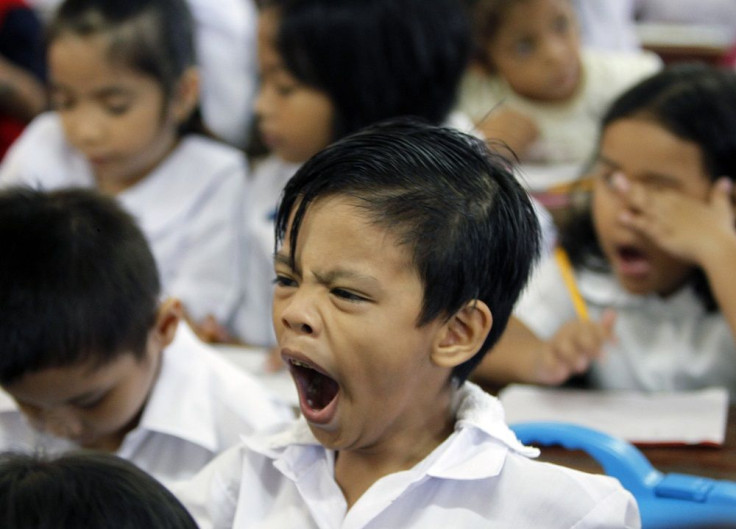Study: The youngest in class is 30% more likely to commit suicide

Students who are youngest in their class have 30 percent higher mortality rates by suicide compared with their older peers, according to a new study. Researchers from Osaka University in Japan and Syracuse University in the U.S. claim that the relative age at school entry has a serious impact, in addition to academic performance and economic outcomes, as previous studies have shown.
The study, which appeared in the journal PLOS One, also found that those with relative age disadvantage tend to follow a different career path, which may explain the higher suicide mortality rates.
Using individual death records in the Vital Statistics of Japan, researchers analysed how relative age in a grade level affects suicide rates of adolescents and young adults between 15 and 25 years of age. The research was led by Tetsuya Matsubayashi, associate professor of Osaka University, and Michiko Ueda, research assistant professor of Syracuse University.
In implementing a regression discontinuity design, the team verified that those who were born right before the school cutoff day and thus youngest in their cohort have higher mortality rates by suicide, compared with their peers who were older and born right after the cutoff date.
In the study, the authors pointed out the importance of policy intervention to ease the impact of relative age in a school setting. Since education at the early stage of life plays an important role in people’s future well-being, the researchers said that arbitrary cutoff of school entry will generate a lifetime disadvantage for some individuals.
A March 2012 study published in the Canadian Medical Association Journal claimed that the youngest children in their school grade are more likely to be diagnosed with attention-deficit/hyperactivity disorder, or ADHD, than their slightly older peers in the same grade.
For the study, researchers looked at ADHD diagnoses in nearly one million children in British Columbia, where the cutoff date for entering school in any year is December 31. This means that children who were born in January are the oldest in their grade, while children born just before the cutoff in December are the youngest.
The team found that the children born in December were 39 percent more likely to be diagnosed with ADHD, compared with those who were born in January. The youngest kids in class were also observed to be 48 percent more likely to be treated with medication for the condition than their older peers.
Contact the writer at feedback@ibtimes.com.au or tell us what you think below.






